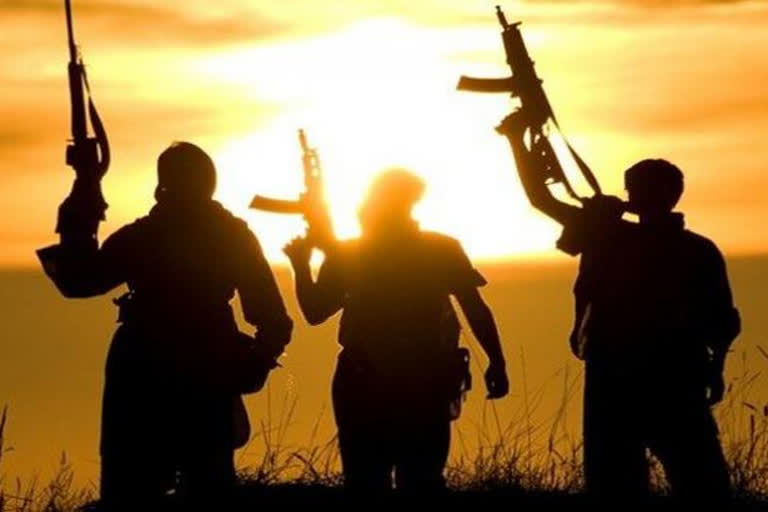Kabul:The Islamic State offshoot that Americans blame for Thursday’s deadly suicide attacks outside the Kabul airport coalesced in eastern Afghanistan six years ago, and rapidly grew into one of the more dangerous terror threats globally. Despite years of military targeting by the U.S.-led coalition, the group known as Islamic State Khorasan has survived to launch a massive new assault as the United States and other NATO partners withdraw from Afghanistan, and as the Taliban return to power.
President Joe Biden cited the threat of Islamic State attacks in sticking with a Tuesday deadline for pulling U.S. forces out of Afghanistan. Biden blamed the group for Thursday’s attacks, which included a suicide bomber who slipped into the crowds of Afghans outside airport gates controlled by U.S. service members.
The group has built a record of highly lethal attacks in the face of its own heavy losses. A look at a deadly group influencing the course of the Kabul airlifts and U.S. actions:
WHAT IS ISLAMIC STATE KHORASAN?
The Islamic State’s Central Asia affiliate sprang up in the months after the group’s core fighters swept across Syria and Iraq, carving out a self-styled caliphate, or Islamic empire, in the summer of 2014. In Syria and Iraq, it took local and international forces five years of subsequent fighting to roll back the caliphate.
The Afghanistan affiliate takes its name from the Khorasan Province, a region that covered much of Afghanistan, Iran and central Asia in the Middle Ages.
The group is also known as ISK, or ISIS K.
WHO ARE THE ISLAMIC STATE KHORASAN’S FIGHTERS?
The group started as several hundred Pakistani Taliban fighters, who took refuge across the border in Afghanistan after military operations drove them out of their home country. Other, like-minded extremists joined them there, including disgruntled Afghan Taliban fighters unhappy with what they — unlike the West — saw as the Taliban’s overly moderate and peaceful ways.
As the Taliban pursued peace talks with the United States in recent years, discontented Taliban increasingly moved to the more extremist Islamic State, swelling its numbers. Most were frustrated that the Taliban was pursuing negotiations with the U.S. at a time when they thought the movement was on the march to a military win.
The group also has attracted a significant cadre from the Islamic Movement of Uzbekistan, from a neighboring country; fighters from Iran’s only Sunni Muslim majority province; and members of the Turkistan Islamic Party comprising Uighurs from China’s northeast.
Many were attracted to the Islamic State’s violent and extreme ideology, including promises of a caliphate to unite the Islamic world, a goal never espoused by the Taliban.
